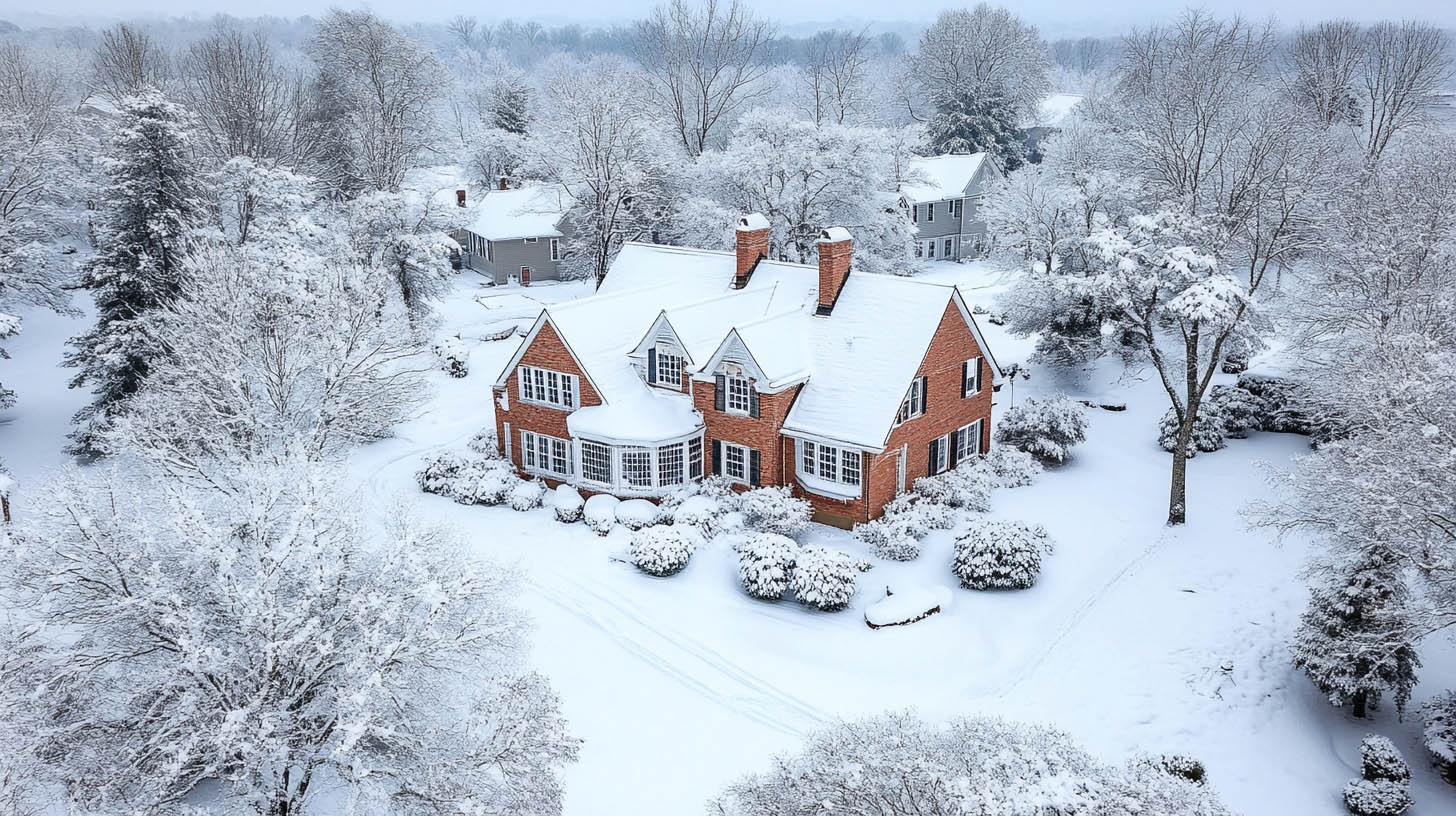
Blog
Roofing in Cold Weather: What You Should Know
Roofing projects can be done during colder months, though they present unique challenges. In areas like Jacksonville, Florida, where the temperature rarely drops below 45 degrees, roofing can continue year-round. Avenue Roofing takes pride in providing year-round roofing services, ensuring that even in fluctuating temperatures, your project is completed with quality and care. However, in colder climates, roofing contractors must take extra precautions to ensure safety and proper installation. Here’s what you should know about roofing in cold weather.

1. Safety Considerations
In areas where snow and ice are common, roofing in winter can be hazardous. Snow and ice make roofs and ladders slippery, increasing the risk of falls. Roofers must wear proper footwear with strong traction and use safety tethers to prevent accidents. Additionally, staying warm with the right clothing and gloves is essential to maintain dexterity and avoid frostbite.
2. Temperature Effects on Materials
Asphalt shingles, one of the most common roofing materials, are designed with a self-adhesive backing that activates in temperatures above 40 degrees. In cold weather, this adhesive won’t work properly, so roofing contractors in colder climates must use roofing cement to ensure the shingles stick to the roof. This is one reason why winter roofing can be more complex in colder regions.
3. Challenges with Tools and Materials
Cold weather can make roofing materials like asphalt shingles less flexible, increasing the risk of cracking during installation. Contractors must store materials in warm areas before use to make them easier to work with. Additionally, nail guns are more prone to jamming in cold weather, which can slow down the process and increase the danger for roofers.
Unique Fact:
According to the Occupational Safety and Health Administration (OSHA), nearly 30% of all fatal falls in the construction industry occur in winter months, largely due to icy conditions. Proper safety precautions and equipment are crucial to preventing accidents during cold weather roofing projects.
FAQs
1. Can roofing projects be done in freezing temperatures? Yes, roofing can be done in cold weather, but extra precautions must be taken. In temperatures below 40 degrees, roofing cement is needed for asphalt shingles, and materials must be handled carefully to prevent cracking.
2. What safety measures do roofers take in cold weather? Roofers wear proper footwear with strong traction, use safety tethers, and layer their clothing to stay warm. In addition, they ensure that ladders and roofs are free of snow and ice to prevent slips and falls.
3. Are roofing materials affected by cold temperatures? Yes, materials like asphalt shingles become less flexible in cold weather, making them more prone to cracking. Contractors must store materials in warm places before use and apply roofing cement to secure shingles properly.
Conclusion: Roofing in cold weather requires additional safety measures and techniques to ensure the project is completed safely and effectively. In warmer climates like Florida, winter roofing is relatively straightforward, but in colder areas, it’s essential to choose experienced contractors who know how to handle these challenges.
To explore the top 5 roofing material options for your home, click here.



